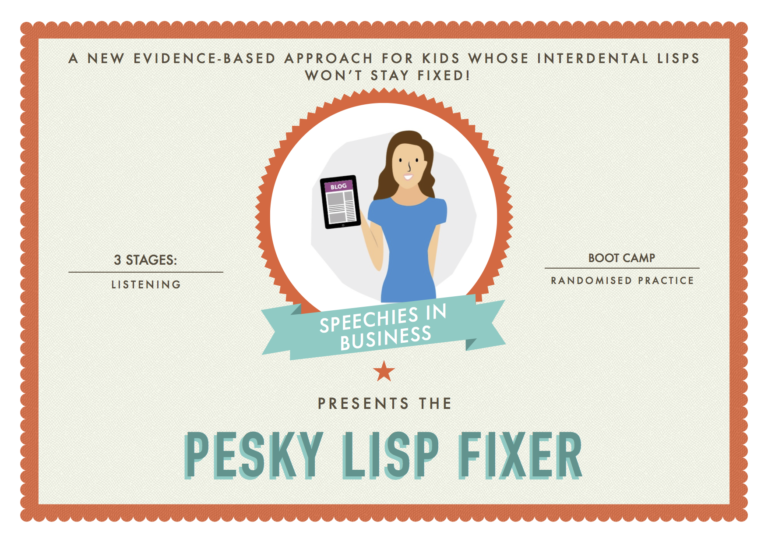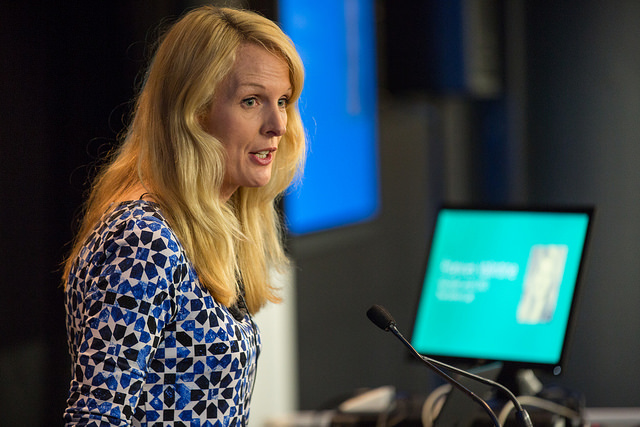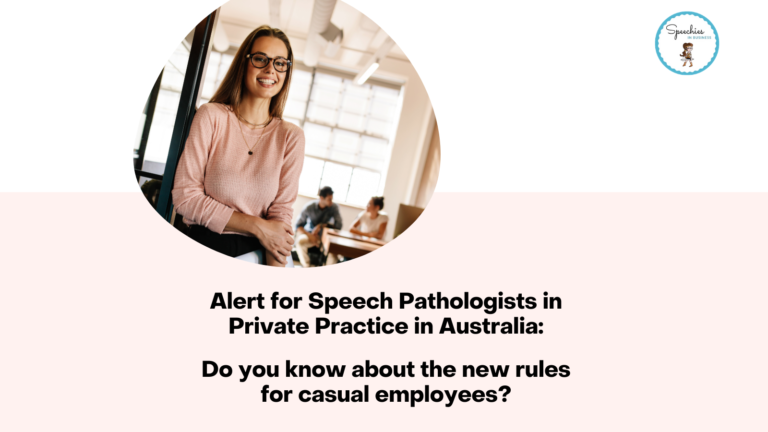Speech pathologists: How not to get suckered in business
Have you ever found yourself saying yes to an important business contract or buying an expensive resource and later regretted it?
Most speech pathologists I know are pretty smart. We also tend to think the best of people.
Optimism and trust are great qualities when working with clients and their families. But they can leave us vulnerable when negotiating business contracts with people trained in human persuasion techniques. Behaviour studies show that people use predictable short cuts (or rules of thumb) when making decisions. Salespeople and others can take advantage of these pre-programmed responses at your cost.
Knowing key persuasion strategies used in business can save you from being manipulated. They can also make you a skilled persuader yourself in business negotiations with other people.
Key persuasion strategies with real world examples
- Price indicates quality shortcut: People assume expensive items are high quality than cheap ones. Example: When I started my clinic, I bought lots of expensive assessment tools that, in hindsight, were not as reliable as cheaper options. Given limited time to research, price played a factor in my decisions – something I am still paying for. On Speechies in Business, we found that some of our products sold better when we increased the price! I’ve even had feedback from a person that they would have bought my Clinics Template pack but it seemed too cheap to be good!
- Rule of reciprocation: People feel obliged to repay others for whatever they have provided to us. Example: Ever fallen for the “free sample” trick? A salesperson offers you a free “gift”; or a website offers you a free download. Unconsciously, you feel indebted to the provider and are more likely to buy something.
- Rejection-then-retreat tactic: People match concessions in negotiations. If a seller asked you to buy a $4000 program but then retreated and offers to sell you a $40 resource product, you would be more likely to buy it than if you’d been offered the $40 product alone. Example: This is a common tactic used by resource sellers. You baulk at paying for their ridiculously expensive product, and opt for what seems like a much more affordable one instead – sometimes something you may never have bought had it not been for the expensive product.
- Scarcity rule: Opportunities are seen as more valuable if their availability is limited, e.g. by time, or if you are competing with others. Examples:
- In every lease negotiation, the real estate agent will tell you how many other people are looking at the property too.
- “2 day flash sales” offered by education publishers where you end up buying stuff you don’t need.
- Professional or business webinars with tight deadlines and limited capacity. If you think about it, there’s no real reason for them to be so restricted, other than making the “product” seem more attractive and the purchase decision more urgent.
- Romeo and Juliet effect: We hate losing opportunities. If something is banned or forbidden, it instantly becomes more desirable. Example: one of my colleagues in Australia seemed to become more interested in the persuasive power of testimonials and solicited reviews after these practices were banned by the advertising rules.
- The commitment effect: Once we commit to something with words or actions, we will act to stay consistent with our commitment. If we are asked to assume a responsibility for doing something, we will go above and beyond to achieve it. Examples:
- Volunteering: Have you ever volunteered to get involved in a project, then found yourself doing all the work for no additional payment?
- Mentorship: Mentors are often prepared to move heaven and earth for their mentees, even at the cost of their own work.
- Initiation trial effect: If we go through a lot of trouble to attain something, we tend to value it more once we have it. Example: I once paid for a very expensive, very intense professional development program. Even 6 months after completing it successfully, I found myself telling everyone how great it was and defending it staunchly from critics, even if, objectively, the program had some limitations.
- Social proof principle: We often determine what to do by looking at what others are doing. This can lead to the bystander effect where no-one else acts, so we decide not to either. Example: Countless therapy fads have taken hold simply because “everyone else was doing it”. As evidence-based professionals, speech pathologists need to be very wary of this one, and demand proof of effectiveness before changing a clinical practice to follow the crowd.
- Similar people effect: We are more likely to copy others in our choices when the other person is similar to ourselves. Also known as peer pressure, and a real risk in speech pathology because of our (currently) limited diversity.
- Halo effect: We tend to see attractive people as smarter, kinder and more honest than unattractive people. That’s why so many salespeople are good looking. We also tend to like people who co-operate with us for a shared goal. This can play out as the “good cop, bad cop” dynamic, where we are vulnerable to the person who “shares our pain” against a common “enemy”. Again, real estate agents are good at using this one, complaining about how unreasonable the landlord is, while at the same time making sure the landlord gets everything he/she wants (at your cost).
- Authority effect: People are swayed by authority and even mere symbols of authority. Examples: Fancy titles (again constrained in Australia by our advertising rules), ritzy clinics, cutting-edge websites, silver and gold embossed certificates on walls, white coats, uniforms, power suits and even stethoscopes can be used to generate authority. Looks can be misleading, though. Sometimes the best clinicians wear jeans and work from home. But how are clients to know?
Bottom line
Be on guard for these techniques when negotiating with others. If you are in business, you are probably using some of these techniques, even if you didn’t know them by name! Make sure you stay ethical. Follow the spirit and letter of your ethics codes and advertising rules. Never use persuasion techniques to the detriment of your clients.
Principal source: Cialdini, R.B., Influence: The Psychology of Persuasion. An oldie but a goodie.
Image: https://tinyurl.com/goj6hvm








